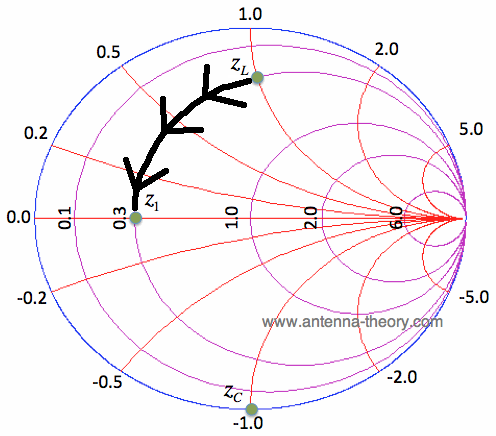

As a result, the imaginary part of the source will be compensated, and the real component will be the same for delivering maximum power to the load. For instance, in the figure below, the impedance that must be observed from the source is 6+6j.

In this manner, the circuit is matched, and the source will deliver the greatest amount of power to the load. Two elements L-shaped matching networks are the simplest method to adjust for the imaginary components of the load and source impedances and provide the equal resistance to the source. All of these networks can be used to match the load and source impedances, and their selection is determined by your requirements and applications. Following the previous educational content on the “Basics of the Smith chart”, this document presents one of the four different types of matching networks: L, Pi, T, and series L-shaped networks.


 0 kommentar(er)
0 kommentar(er)
